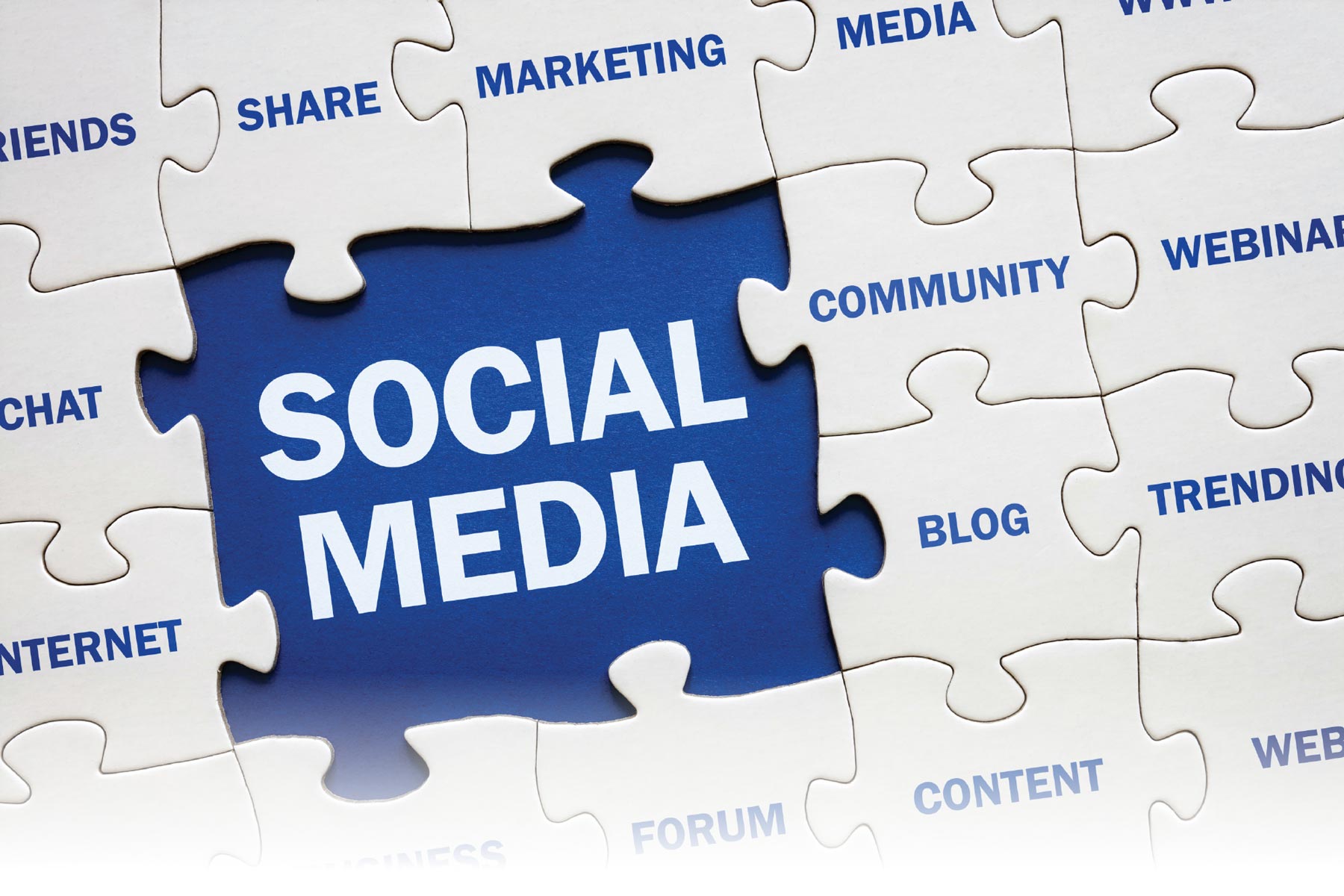
Navigating a Crisis: Why Your Social Media Matters
get contacted quite a bit to work on crisis communication projects—somehow that has become an area of focus for my company. I didn’t exactly choose it. My teams took on a couple of crisis communication projects that earned some recognition, and then we did some teachings on those case studies. The next thing I knew, crisis was our “thing.”
The truth is, I don’t actually like working on crisis cases. Someone is usually hurt or offended, it’s always stressful, and it’s sometimes sad. None of that is fun. Yet, at the end of the day, there is something to be said for coming alongside a company that is committed to doing the right thing and helping it rise from ashes that may have otherwise choked it out. I’ve found there to be many hard-working people out there putting their hearts and souls into what they do at good businesses doing the best they can. The reward of helping good people salvage good work is always more powerful than whatever stress is caused to me in helping navigate bad situations.
Alas, I remain a contact for crisis counsel.
I’ve been in the public relations, community outreach, and communication fields for nearly 20 years. In this time, I’ve learned, while there are certainly best practices for crisis-specific communication, oftentimes it’s how well a company has communicated leading up to the crisis that will determine how well it moves through crisis when crisis strikes.
Social media is a perfect example.
Companies usually accept social media as important. I commonly hear “everyone is doing it,” and “we need to be online, too.” The advice I provide to clients in this arena is always the same counsel: social media by itself is almost never a solution to anything. Social media tools and the way those tools are used should always be a piece of a larger, coordinated communication strategy.
My goal is to help clients understand that social media pages shouldn’t be stood up just to have social media pages. Social media needs goals, and those goals should drive the goals of the company’s larger communication efforts. Social media channels can help a company better know its key audiences—and help its audiences better know the company—as long as the company takes care to build relationships online and keep these audiences engaged over time.
These principles are important in everyday business—and, in my experience, they’re critical in times of crisis.
This actually couldn’t be further from the truth. The CEO is an immigrant herself, and I could easily see her passion for culture sharing and preservation. But it was an easy angle to feed the public, so social media comments and shares by people who looked at a headline and assumed they understood what happened spread like wildfire. The court of public opinion is real, and the company quickly become the target of public criticism and expressions of hate.
Contrary to the way it was portrayed, it was obvious to me the company did great work. It had an incredibly positive track record, exceptionally high client satisfaction rates, and strong partnerships in its industry. The problem was, its supporters had no way to be easily heard—and this is where my points about social media and crisis collide.
The company had several social media pages, including Facebook, Instagram, LinkedIn, and Twitter. Upon review, however, it didn’t take long to figure out the company had likely set them up because “everyone else had them.” Somebody probably said the company needed to have social media, so accounts were created—but then they just sat there, mostly untouched. The LinkedIn and Instagram accounts were discoverable but not managed. Instagram had zero posts, and LinkedIn had nothing recent. The company had put a little more effort into Twitter and Facebook, but even those only had new content every couple of months. I was not surprised to find there were minimal followers on each platform.
In the company’s defense, social media probably hadn’t been critical to its client recruitment in the past. The company provided business-to-business services, and it operated in a niche industry, so “mass marketing” wasn’t necessary, and the company obtained most of its contracts through submitting and winning responses to proposal requests. Social media had only been a check-the-box activity, and not much thought had been invested in its use.
That strategy (or lack thereof) had worked out fine—until crisis hit. Then it caused a problem.
People who weren’t content with just sharing the news and were committed enough to the situation to seek out the company’s social media pages themselves wrote messages directly on the company’s social walls. None of these posts were accurate, and none sought any actual resolution or desire for real information—sometimes people don’t have enough to do and just like spreading nastiness. “Trolling” is common in these types of situations, and I consistently find that trolls grow in power when they aren’t met with any resistance.
Ideally, by the time crisis happens, a company has already built up an engaged online audience, and its social pages are known sources of valuable content for the people they’re intended to reach. When a company has spent time interacting with its audiences, and reacting and responding to them, a level of trust, or at least favor, ensues. When crisis strikes, the company already has an audience of people, all in one place, who have had positive experiences and possess goodwill.
Both professionally and personally, I have observed that well-developed and engaged online communities are great at self-policing. When a troll pops in to leave a misguided, nasty comment, members of an engaged online audience will be first to jump to the company’s defense. Troll behavior among these communities is not well-tolerated, and having third-party spokespeople to offer support on a company’s behalf is hugely important in balancing the negative tone of trolls’ comments. Unfortunately, when there is no engaged community on a company’s page, there’s no one to reply to trolls except the company. Think about this from a personal standpoint: defending yourself is important, but when you’re the only one defending yourself, it’s not always convincing.
Another benefit of well-utilized social media pages I share with clients to help them understand the importance of an established social media presence in times of crisis is the balance of content. When a company has been actively posting and sharing over time, a handful of trolls isn’t as noticeable on a page’s overall presence. When a company has not built out robust pages, however, trolls’ comments are highly visible to other people coming to the page. If, as an online viewer, I’m checking out the company’s social media channels to either a) see how the company is responding to the situation, or, worse, b) learn about the company without knowing anything about the situation at all, the company does not want trolls’ comments to be the only thing I see.
Unfortunately, once crisis strikes, it’s generally too late to salvage under-utilized social accounts. At that point, at least as it relates to communication on social media, I can only help a company ramp up the best it can, take the punches, and do its best to respond. Ineffective social media is a missed opportunity—and a risk—but taking down social media accounts during crisis is almost never advised, as the criticism for doing so is generally fierce.
I always say business is much easier when a strong social media presence is developed in advance so it’s in place and can work for you if (and when) crisis occurs. Developing social media effectiveness isn’t hard—but it should have a well thought out strategy, and it should be part of a company’s broader communication plan. It’s also worth mentioning that, contrary to popular belief, developing a strong social media presence isn’t free. It doesn’t have to be expensive, but it does take time and attention, so social media management should be factored into someone’s job duties, not carelessly tacked on top of an already taxed schedule.
Long story short, the CEO of the company in question was committed to all the right things, and the company has since been able to move forward—though not without a few battle wounds and some important lessons learned.
Here are nine tips for building your company’s online communities:
- Create a content calendar and post regularly.
- Focus on quality of content over quantity.
- Adapt your content as you go based on audience engagement and response.
- Don’t talk at people, talk with them.
- Interact and engage authentically.
- Make your social pages easy to follow by providing links and handle information on your website and other materials; invite people to follow you.
- Participate in the conversation, but don’t try to control it.
- Don’t habitually delete comments or turn off people’s ability to comment.
- Show responsiveness by publicly replying to public criticisms, but take disputes offline.
